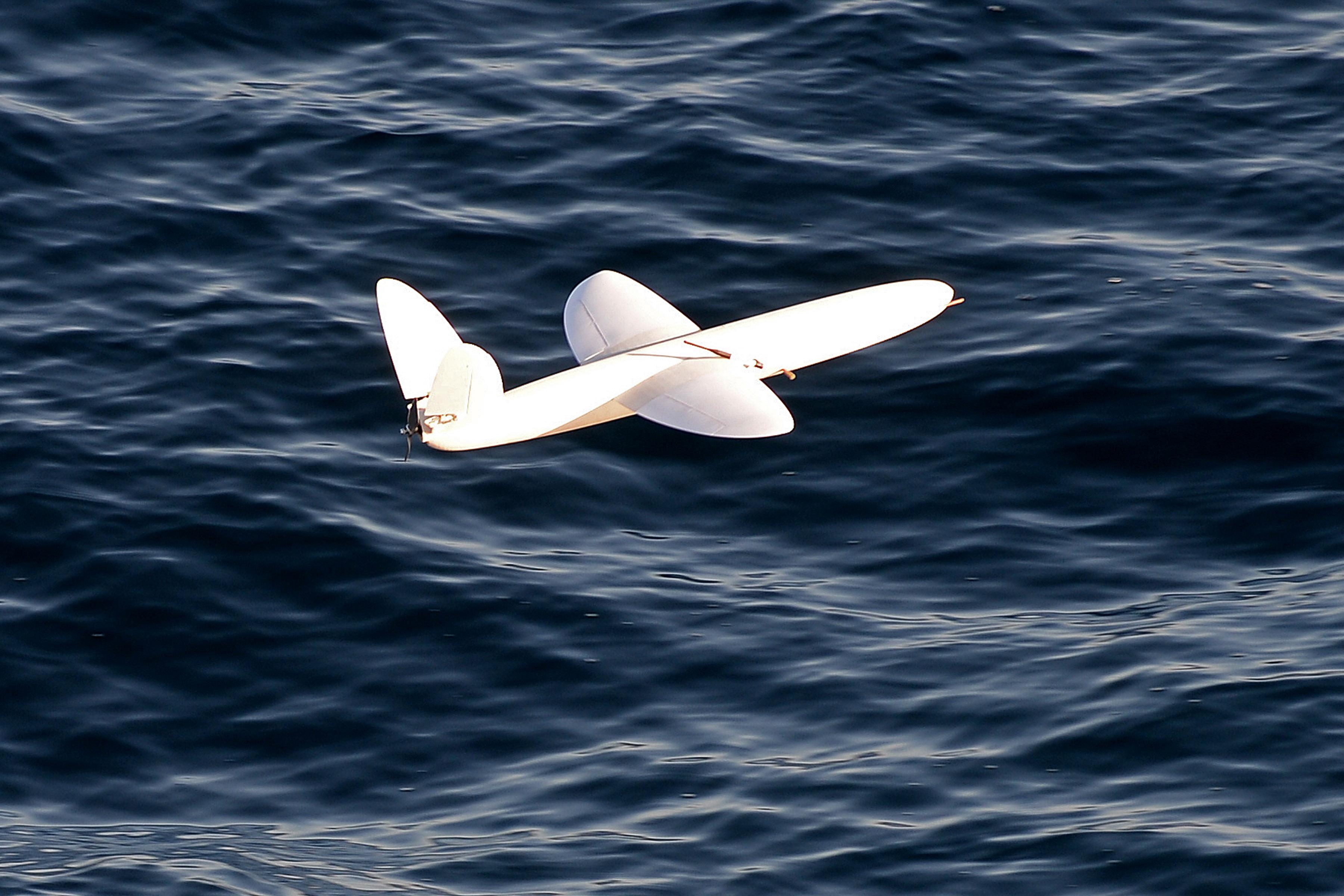The British Royal Navy has launched a 3D printed unmanned aerial vehicle from the HMS Protector to help navigate through the Antarctic.
Developed by the University of Southampton, the aircraft called SULSA was created out of nylon using laser sintering technology and printed in four major parts. Reportedly the 3 kg UAV can be assembled without any tools and is equipped with a tiny engine. Controlled via a laptop on board the ship, it reaches a speed of 60 mph. With total costs of £ 7,000 creating the SULSA aircraft is cheaper than an hour flying time by a Fleet Air Arm helicopter.
“This trial of these low-cost but highly versatile aircraft has been an important first step in establishing the utility of unmanned aerial vehicles in this region,” said Captain Rory Bryan, Protector’s Commanding Officer. “It’s demonstrated to me that this is a capability that I can use to great effect.”
Completing flights of up to half an hour, the plane can be fished out of the water by the ships crew to be launched again.
Commodore James Morley, the Navy’s Assistant Chief of Staff Maritime Capability adds: “Although this was a relatively short duration trial to measure the relative merits of fixed and rotary wing embarked systems, we are continuing to review our options for acquisition of maritime unmanned aerial vehicles in the future.”
Subscribe to our Newsletter
3DPresso is a weekly newsletter that links to the most exciting global stories from the 3D printing and additive manufacturing industry.





















